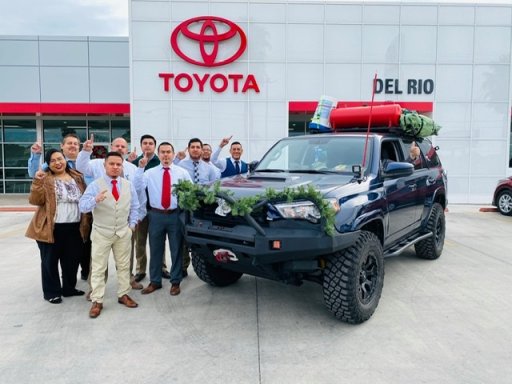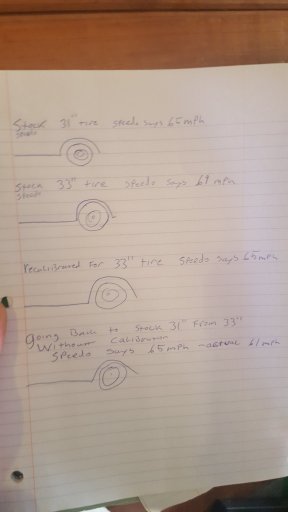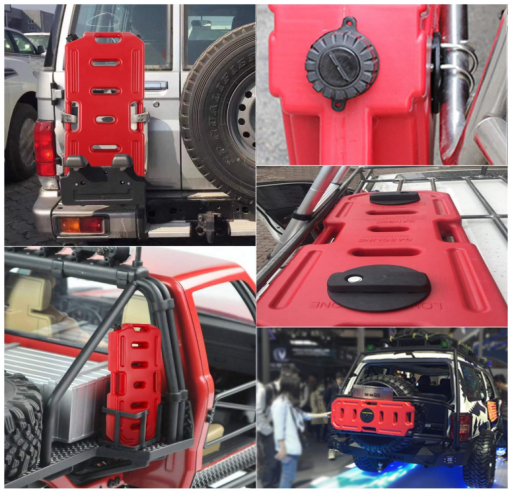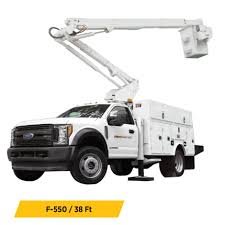Well that weird everything ive put larger tires on has alway read around 4mph faster without calibration.
This is a crappy visual of how ive always understood it.
Maybe when you changed your tire size you actually went to the correct stock size for your vehicle that would explain why your mph started reading correct speed. I also use a gps speedo and it mirrors +/-.05 mph what my stock speedo says.
I do have a touch of dyslexia and i suck at math so everything ive said may be in reverse
No, I swapped out the stock wheels and tires for the larger off-road ones, so that wasn’t the issue.
I think certain manufacturers are less conservative about speedo calibration than Subaru, and it does vary a bit from car to car (the calibration isn’t 100% correct and varies a bit at the factory).
In any case, when you increase the diameter of the tires, you also increase the circumference by the same percentage (or double the percentage of the increase in radius).
Think of it this way, the car moves forward the same amount as the circumference of the tire once each rotation of the wheel, since all parts of the tire contact the road linearly during a rotation. A larger circumference means you are traveling further with each wheel rotation, hence traveling faster at a given transmission gear and engine RPM.
It works the same way for bicycles. If you change out 26” wheels and tires for 29” wheels and tires, you are going faster and working harder at the same gear combination. This is why 29” bikes use a smaller front cog or larger rear cogs than 26” bikes do, all other things being equal. However, larger tires have lower rolling resistance over bumps, so it does even out a little bit when the going gets rough. This is one reason why larger tires might have slightly better mileage than smaller tires, and on smooth roads they would be going faster, so mileage might also improve. However when you go from touring to all-terrain tires the knobby tread hurts gas mileage worse than the positives gained from a larger circumference, unless the touring tires were of a poor design and had bad rolling resistance.













